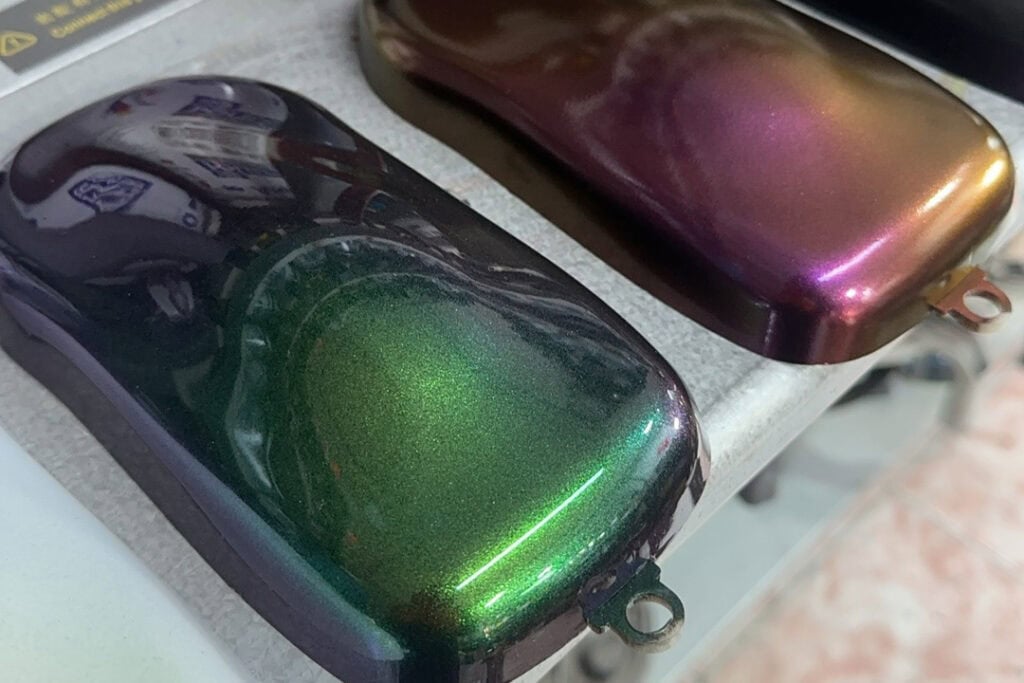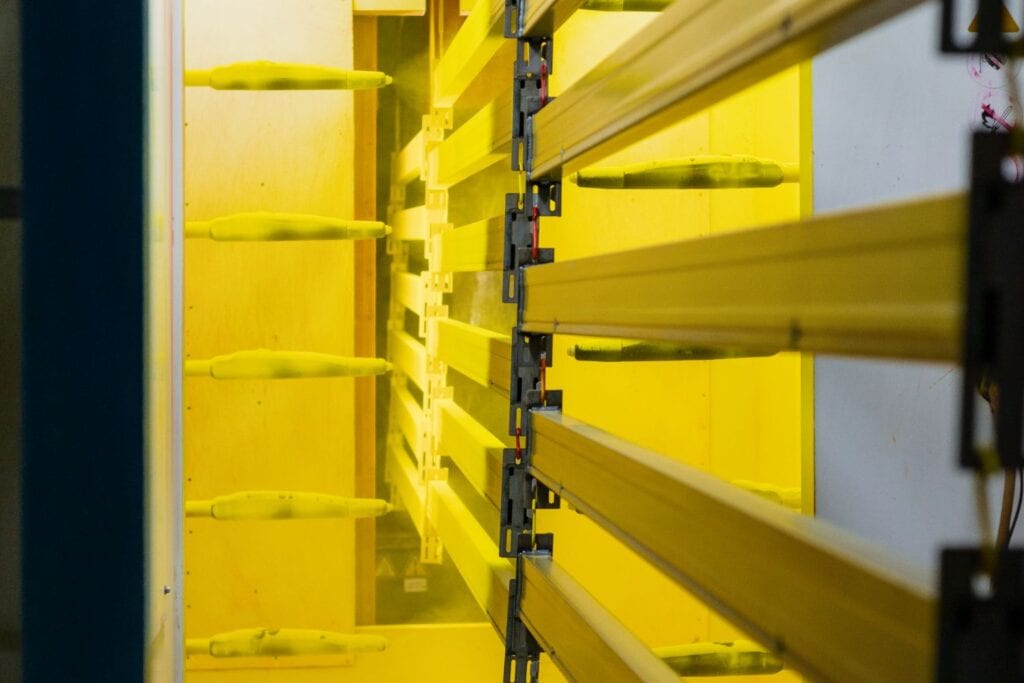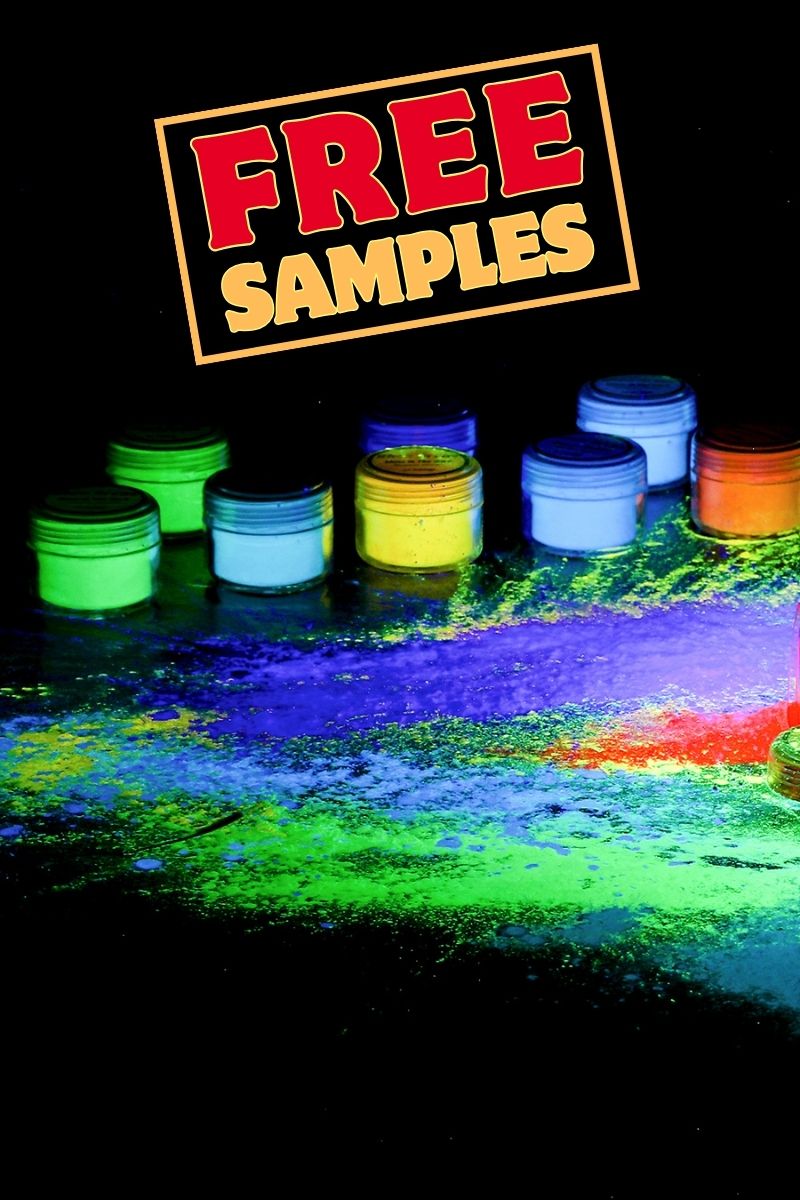What Are Chameleon Pigments?
Chameleon pigments are specialized pigments that change color when viewed from different angles or under various lighting conditions. Unlike traditional pigments, which have a fixed color, chameleon pigments create a dynamic visual experience that shifts between hues depending on environmental factors. They are engineered to mimic the natural iridescence seen in organisms like butterflies, beetles, and fish, where structural color plays a significant role in their appearance.
How Do Chameleon Pigments Work?
At the core of chameleon pigments is a phenomenon known as “interference“. This effect is produced by layering thin films or microplates within the pigment structure. As light strikes the pigment, it reflects and refracts at different angles, producing a visible shift in color depending on the viewing perspective.
Light Interference
The primary mechanism behind chameleon pigments is light interference, which occurs when waves of light overlap, either amplifying or canceling out certain wavelengths. The microstructures in the pigment layers selectively reflect different parts of the light spectrum, causing colors to shift as the angle of the light changes.
Multiple Layers of Thin Films
Chameleon pigments consist of multiple thin film layers, often made of materials like mica, aluminum, or silicon dioxide. Each layer is designed to reflect a specific wavelength of light. When combined, these layers create an iridescent effect that changes color depending on the observer’s angle.
The Working Principle of Chameleon Pigments
Chameleon pigments owe their dynamic color shifts to the layered structure that reflects and refracts light. As light hits the thin layers of pigment, it is divided and scattered, creating a color-changing effect depending on the observer’s angle. The pigments are further enhanced using a wetting agent, such as propylene glycol n-propyl ether, to prevent pigment particles from dispersing too easily. This feature contributes to the pigments’ exceptional weather resistance and light stability.
When combined with materials like aluminum powder or carbon black, chameleon pigments can produce a wide array of stunning color effects. However, to maintain the high saturation of colors, transparent pigments are preferred as they do not interfere with the light reflection properties that make chameleon pigments so unique.
Applications of Chameleon Pigments
The unique properties of chameleon pigments have led to their adoption in several industries. From high-end automotive finishes to luxury cosmetics, these pigments have wide-reaching applications.
Automotive Coatings
In the automotive industry, chameleon pigments are used to create color-shifting paint jobs that give cars a sleek, futuristic appearance. Vehicles coated with these pigments seem to change color as they move, captivating onlookers and making them stand out on the road.

Cosmetics
Chameleon pigments are popular in the cosmetics industry, particularly in products like eyeshadow, nail polish, and lip gloss. These pigments provide a multi-dimensional, iridescent look that shifts with light, allowing for innovative and eye-catching makeup designs.
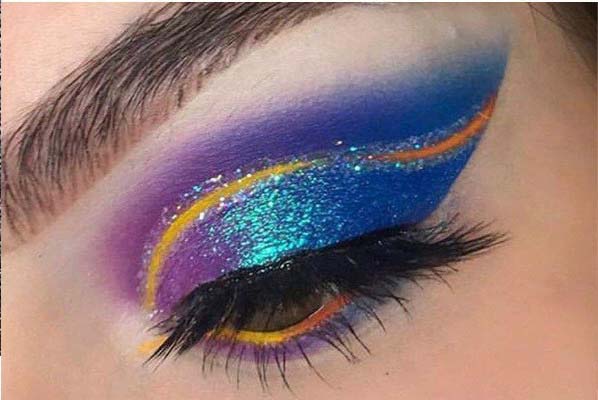
Fashion and Textiles
Designers in the fashion industry have also embraced chameleon pigments. From garments that change color based on movement to accessories with color-shifting finishes, these pigments allow for endless creative possibilities. Textiles treated with chameleon pigments react to light, creating dynamic designs that evolve with wear.
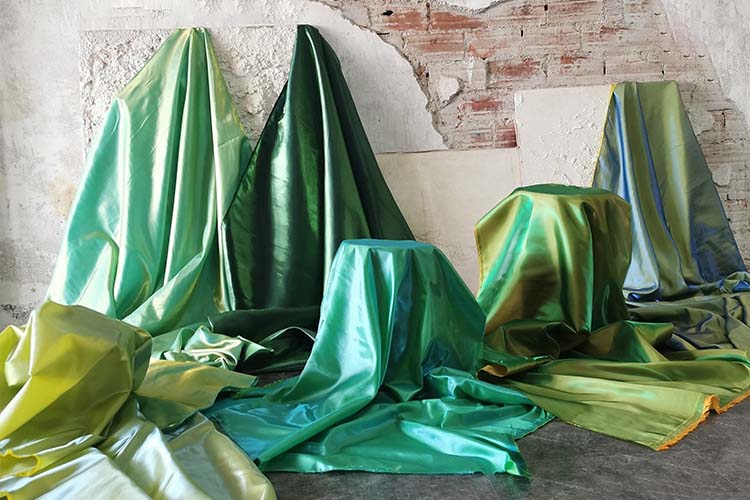
Art and Design
Artists and product designers use chameleon pigments to add depth and interest to their creations. Whether applied in fine art or product packaging, these pigments offer a unique aesthetic appeal that captivates viewers by constantly changing with light.
Unique Characteristics and Usage Considerations
Chameleon pigments have certain unique characteristics that make them stand out:
Hiding Power: Due to their opacity, chameleon pigments offer excellent hiding power compared to other special pigments. This makes them ideal for creating dense, uniform color layers in automotive and other high-end coatings.
Low Pigment Usage: Despite their high cost, only a small amount of chameleon pigment is needed to achieve desired effects. For example, in a topcoat, only 0.6% to 1.5% of the pigment is required, with larger amounts (up to 11%) used in primer coats.
Application Techniques: Chameleon pigments can be applied using traditional spraying methods, such as air or electrostatic spraying, commonly used in the automotive industry. This makes their application relatively straightforward despite the pigments’ complexity.
The Future of Chameleon Pigments
As technology continues to evolve, so too does the potential of chameleon pigments. Researchers are looking into ways to make these pigments more affordable and durable while also reducing their environmental impact. Sustainable production methods, such as using biodegradable materials for the pigment layers, are being explored.
In the future, we may see even more industries incorporating chameleon pigments into their products, from home décor to electronics. The versatility and beauty of these pigments make them a prime candidate for ongoing innovation.
Conclusion
Chameleon pigments are a groundbreaking material that brings dynamic color shifts to a variety of industries. From the mesmerizing effects seen on luxury cars to the subtle iridescence in high-end cosmetics, these pigments have reshaped how we use and experience color. As technology advances, we can expect even more exciting applications and innovations in the world of chameleon pigments.
FAQs
What is the main mechanism behind chameleon pigments?
The main mechanism is light interference, where thin film layers in the pigment reflect and refract light, creating shifting colors.
Where are chameleon pigments commonly used?
They are commonly used in automotive coatings, cosmetics, fashion textiles, and art and design.
Are chameleon pigments expensive?
Yes, due to the complexity of their production and application, chameleon pigments tend to be more expensive than traditional pigments.
Do chameleon pigments work on all surfaces?
Chameleon pigments can be applied to a variety of surfaces, including metals, plastics, textiles, and glass, but they may require specific preparation and topcoats to achieve the desired effect.
What is the future potential for chameleon pigments?
With advancements in technology and sustainability, chameleon pigments have the potential to become more affordable, durable, and widely used across multiple industries.

